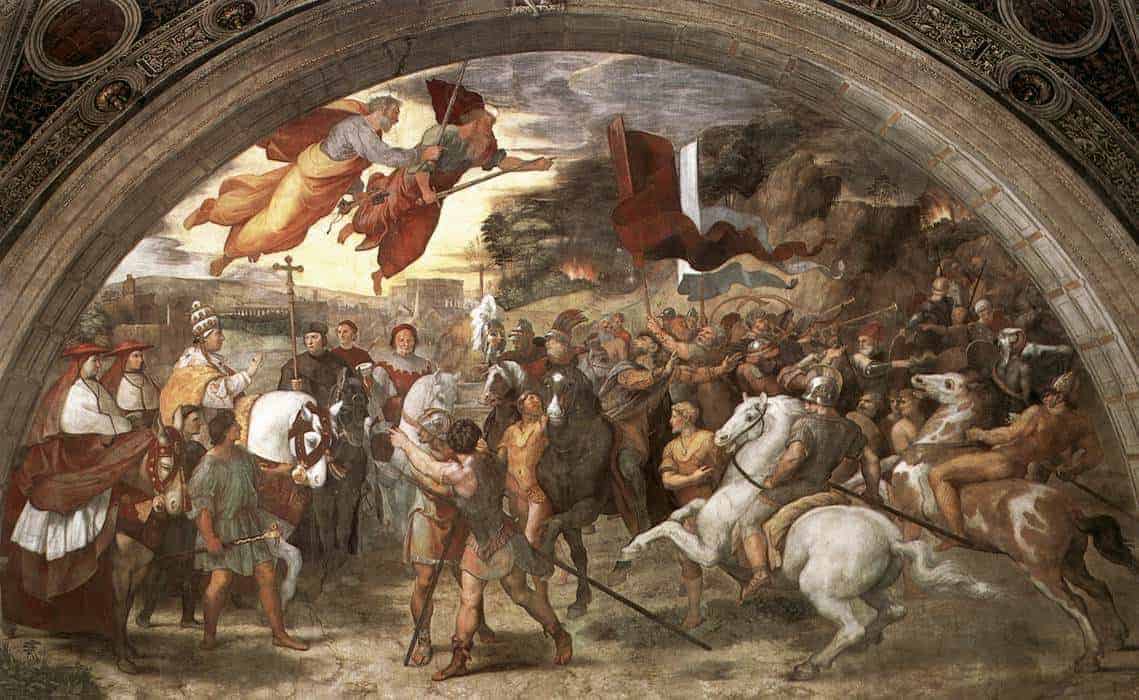Attila the Hun is regarded as one of the most terrible men in history. He was known as the ‘Scourge of God’. He was the king of the Huns. The Huns were a nomadic people who had entered Europe probably from Central Asia, however, their exact origin is not known. Some have speculated that they came from the borders of China.
The Huns were great horsemen and archers. They defeated many tribes in South Russia and Central Europe. They overthrew the Gothic Kingdom in South Russian and forced many of the neighbours of the Roman Empire to submit to them. The Huns only made up a small percentage of their empire but they were able to overawe many people through their sheer brutality. Many of the Goths believed that the Huns were the children of witches born on the Steppes.
Attila succeeded to his empire after the death of an uncle. He extorted gold and treasure from the eastern and the western Empire. If they did not pay him he would attack them and raid deep into their territory. In the 430s A. D he invaded western Europe. He fought a massive battle in modern France, with a Roman army and this was a bloody draw. Attila also threatened Rome at one stage. Attila at this time destroyed the great Italian city of Aqueillia. This once great city has never been rebuilt.
Soon after this Attila died and his empire which was only held together by his forceful empire began to fall apart and the Huns disappear from history.

